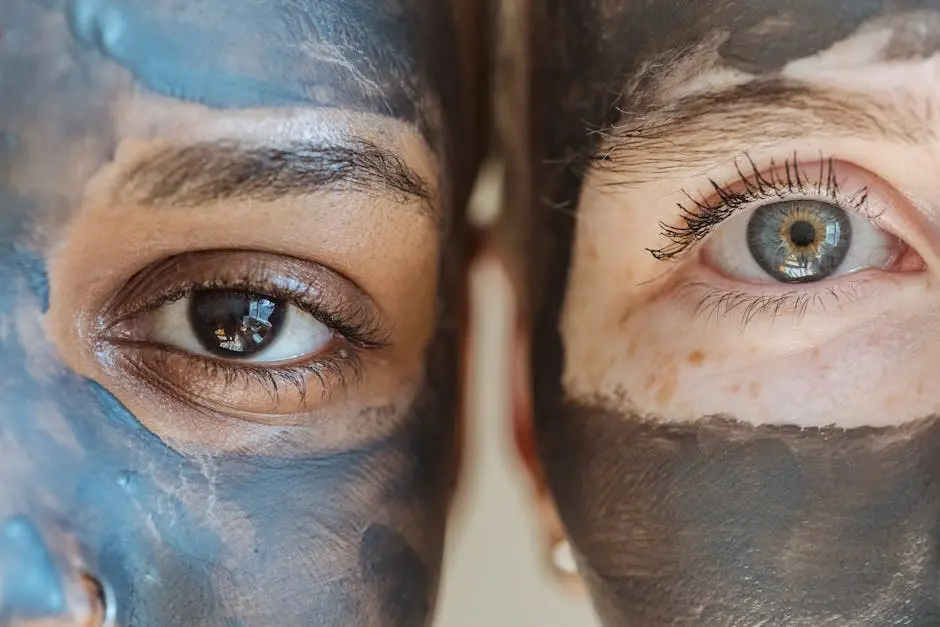If you’re considering a chemical peel, it’s important to know what to expect during the process. This guide will walk you through the preparations you should make before your appointment and how to care for your skin afterward to achieve the best results.
Understanding Chemical Peels
A chemical peel is a skin treatment that involves applying a solution to exfoliate the skin layers. This process helps to improve skin appearance by reducing wrinkles, acne scars, and even uneven skin tone.
When you decide to investigate ‘chemical peels near me,’ you may discover a variety of options from light to deep peels. Each type varies in strength and depth, allowing you to choose the one that best suits your skin needs.
Understanding how chemical peels work is crucial. The solution applied during the treatment causes the skin to shed its outer layer, promoting new skin growth. This rejuvenation process can leave your complexion looking fresher and more youthful.
It’s important to note that different types of peels involve different chemicals. For example, glycolic acid and salicylic acid are common in lighter peels, while phenol is used in deeper, more intensive treatments.
Preparing for Your Chemical Peel
Preparation is key before undergoing a chemical peel. First and foremost, schedule a consultation with a licensed dermatologist to discuss your skin type, concerns, and goals. This will help determine the best peel for you.
Additionally, your skincare routine should be adjusted leading up to the treatment. You may need to stop using certain products like retinoids or glycolic acids several days prior to your appointment to prevent adverse reactions.
Hydration is vital, so ensure you’re drinking plenty of water. Keeping your skin well-hydrated can help enhance the effectiveness of the peel and promote better healing afterward.
Some dermatologists may also recommend avoiding sun exposure and tanning beds for about two weeks before your treatment. Sunburnt or tanned skin can complicate healing and affect the results.
Lastly, be sure to arrange for recovery. Consider taking a few days off work if you’re opting for a deeper peel, as this may require more downtime.
What to Expect During the Procedure
When you arrive for your chemical peel, the first step is a thorough cleansing of the skin. This ensures that any dirt or oils are removed, allowing the peel to penetrate effectively.
During the application process, you might experience a mild tingling or burning sensation, which is completely normal. The duration and intensity of this sensation can vary depending on the type of peel you receive.
The entire procedure typically lasts between 30 minutes to an hour, depending on the type of peel and the area treated. Afterward, a soothing ointment may be applied to your skin to aid in comfort.
You will be advised to avoid direct sunlight right after the procedure. It’s crucial to protect the skin as it begins to heal, as this is the time it is most vulnerable.
Post-Peel Care Instructions
Caring for your skin after a chemical peel is just as important as the preparation. Initially, it’s normal for your skin to feel tight and dry, so using a gentle moisturizer is essential for alleviating discomfort.
You should also expect some peeling and flaking as your skin exfoliates. Resist the urge to pick at the skin, as this can lead to scarring or infection. Instead, allow the peel to do its job naturally.
Additionally, using sunscreen with a high SPF is a must, as your skin will be sensitive to UV rays for several weeks post-peel. Reapplication throughout the day helps in protecting your renewed skin.
Limit your exposure to heat and strong skincare products during the first week. Gentle cleansers and lukewarm water are recommended for cleansing your skin.
Common Side Effects and Recovery
After undergoing a chemical peel, some side effects may occur, such as redness, swelling, and discomfort. These symptoms are usually mild and can be managed with proper care. Expect them to subside within a few days.
It’s also common to experience peeling and dryness. How long these symptoms last depends on the depth of the peel. Light peels might heal within a few days, while deeper ones can take a week or more.
While side effects are normal, it’s crucial to monitor your skin. If you notice excessive redness, pain, or any signs of infection, contact your dermatologist for guidance.
Understanding these aspects of recovery will help set your expectations. With the right care, you’ll be on your way to achieving glowing and healthier skin after your chemical peel.
Final Thoughts on Chemical Peels
By understanding what to expect before and after a chemical peel, you can ensure a smoother experience and healthier skin. Always consult with your dermatologist to make informed decisions.

